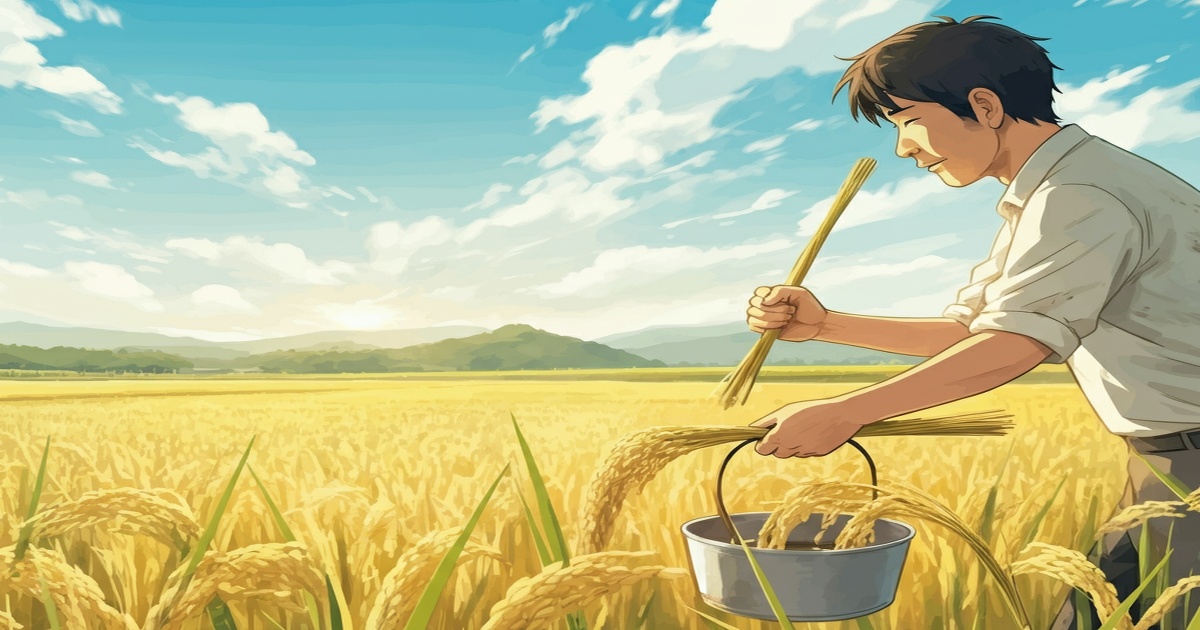On June 16, farm minister Shinjiro Koizumi addressed reporters in Tokyo and revealed that the government would cease the publication of its annual rice crop index, a tool that has been in use for decades to gauge the country's rice production. This index, which has been released thrice each year in mid-October, mid-November, and early December, is based on a 30-year average that helped indicate whether that year's harvest was normal, above, or below expected levels.
Koizumi noted that the rice crop index has become increasingly irrelevant due to evolving agricultural conditions. For instance, the Tohoku region has seen a significant reduction in cold-weather damage thanks to climate change, which further emphasizes the index's outdated nature. Looking forward, Koizumi stated that the focus would shift towards utilizing innovative technologies such as artificial intelligence and satellite data, aiming to develop a more accurate assessment system for agricultural policies.
The previous year's crop index was reported at 101, which is considered average, with rice production totaling 6.79 million tons, reflecting an increase over previous harvests. However, there were significant supply chain disruptions last summer, leading to empty supermarket shelves despite government claims that fresh crops would resolve these issues by autumn. Concerns have been raised over rising rice prices, with producers and wholesalers attributing the ongoing shortages and escalating prices to inaccuracies in the government's crop index and reported production volumes.







0 Comments